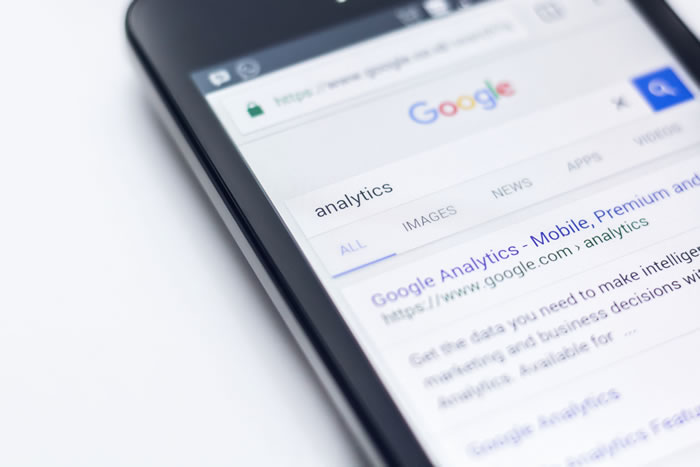Technology is evolving more quickly than ever, and the nicotine industry –– like so many others –– is seeing the impact. This is true specifically with regard to tracking numbers and logging data. The Lancet reveals that while we can estimate that there were some 1.1 billion smokers in the world as of 2019, new technology has made it possible to accurately and securely track total nicotine use on a global scale. The proliferation of e-cigarettes, portable vaporisers, and other modern nicotine products has also made it easier to collect data relating to smoking and nicotine consumption. Below, we’ll look more closely at how this is done.
Track and Trace System
according to Smoke-Free Partnership, a tobacco track-and-trace system was implemented in Europe in 2014 with the goal of controlling the supply chain of tobacco products manufactured or imported into the market. Furthermore, as of the beginning of 2019, cigarettes and roll-your-own tobacco have been produced with unique identification (UI) codes that can be traced until the first retail outlet, with all transaction data stored in independent archives. This UI can be scanned, and all recorded information allows authorities to trace and authenticate tobacco products.
Tech Monitoring Nicotine Use
With smoking having been the leading cause of lung cancer for decades, doctors have been on a constant lookout for technology that can help them diagnose or prevent the disease more effectively. Researchers from Microsoft were able to provide an intriguing solution: Through the use of anonymized web search data, they can collect data about lung cancer risk factors and provide early warnings to those in danger of developing lung disease from smoking. Through this method, researchers are not only able to consider the text of the queries but also track the locations, socioeconomic status, and/or the gender and age of a person — all of which can give them more context for the person’s lung cancer risk level.
Shifting Trends in Nicotine Use
Technology also effectively recognizes nicotine-related trends, which have been particularly active in recent years. Devices like Juul and Caliburn are both relatively new products that were meant to appeal to people with a desire to quit smoking using a wide array of flavors. Moreover, prill notes that nicotine pouches have gained clout in the market after being developed as more convenient, smokeless nicotine sources. Unlike most tobacco products that can’t be procured online, nicotine pouches are more accessible, which made them go-to options for some during the height of the pandemic. Manufacturers will most likely keep innovating nicotine products even into the future, with a greater emphasis on smokeless products –– and the logging of sales and collection of data regarding sales in this market will help researchers to be aware of how (and to some extent why ) things are changing.
Augmented Electronic Cigarette Tracking
With e-cigarettes also accounting for a significant portion of modern nicotine consumption, the tech team from Cornell University was able to develop a platform for unobtrusively tracking usage through hardware called PuffPacket† The system was made to augment e-cigarettes with Bluetooth tech to effectively calculate the frequency, intensity, and duration of each inhalation. The information is then connected to a smartphone-based location and activity tracker to help identify contextual triggers. For instance, the system can determine if people are smoking at work, due to home stress, or in social situations. It’s also an open-source platform, so developers can keep expanding and leveraging it for further research.
Mobile Quitting Applications
Along with a plethora of other health-centric mobile applications, there are plenty of applications that have been made for the purpose of assisting those who want to quit smoking. Many of today’s most popular apps in this space provide various techniques, achievements, and other incentives to motivate their users. Some apps also give you access to a strong community of ex-smokers or those who are in the process of quitting. Overall, these applications provide most of the services that the smoking community is interested in.
A Brand New Era
Technological advances can be leveraged in a number of ways, and we’re only beginning to uncover the possibilities. With a public health issue like smoking, new tech and data can clue researchers in on the latest information and trends in nicotine use, which can then be used to shape public policy for a healthier, smoke-free world.
